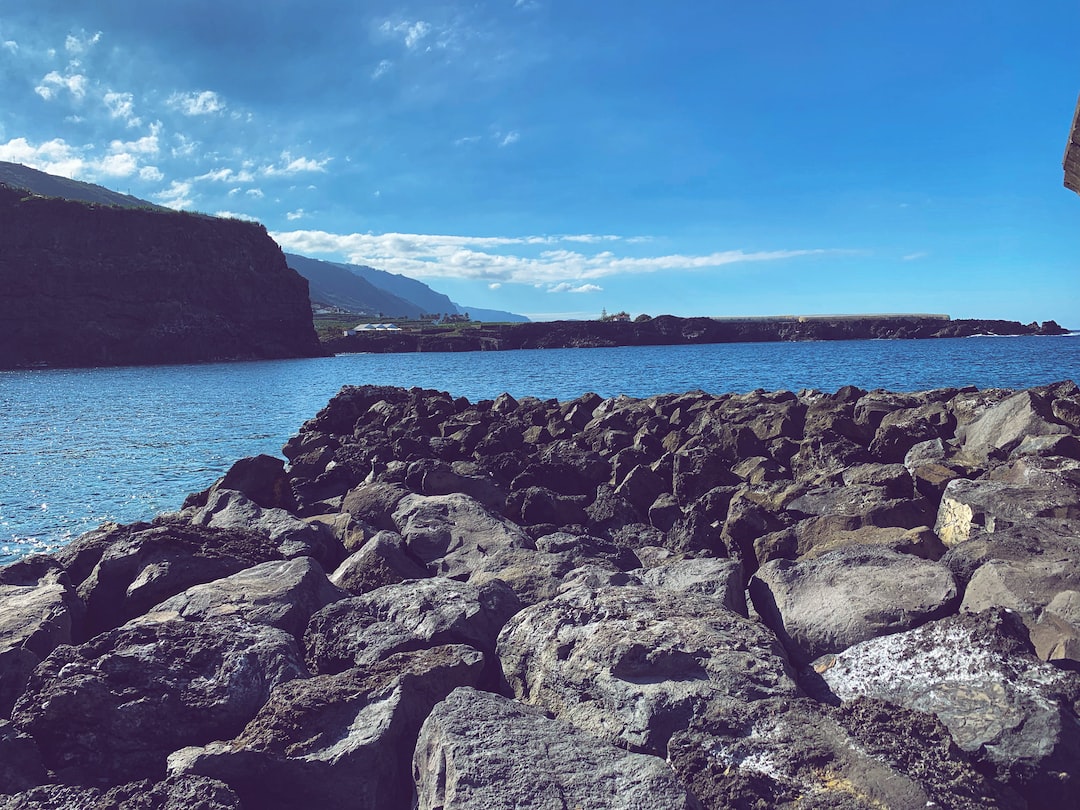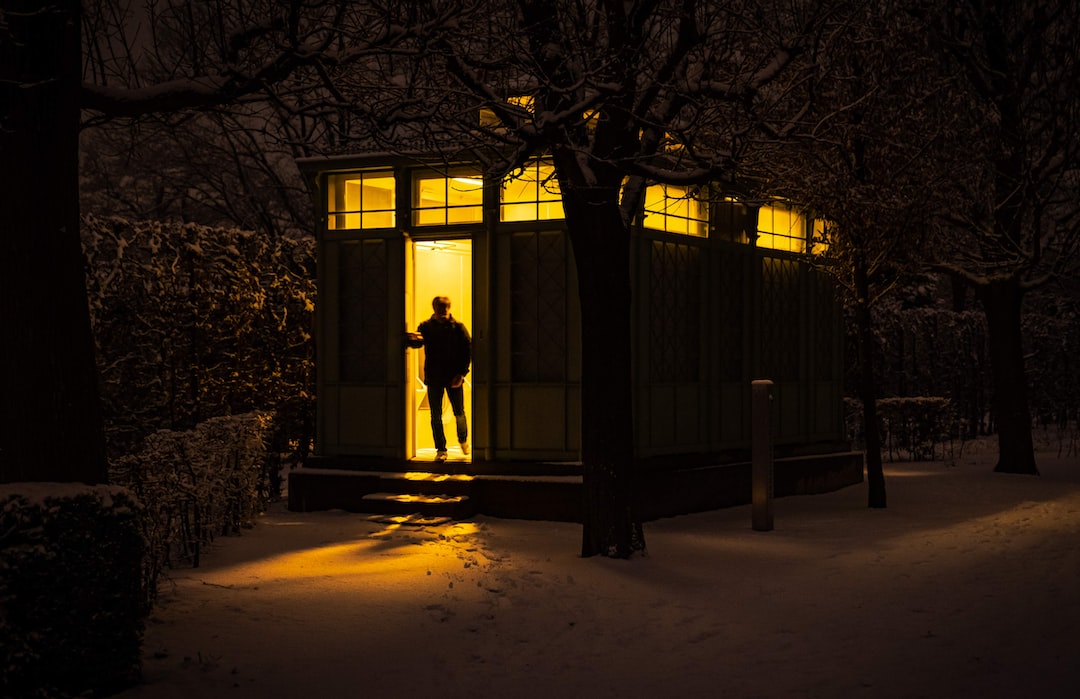Alright, Gen-Z readers, we’re about to dive deep into a subject that’s been connecting humans for centuries—storytelling. But before your mind does that “ugh, another lecture” thing, let’s flip it. Think of it this way: stories are like memes. Yeah, I said it. 🌟 They’re bite-sized bits of info packed with emotion, humor, knowledge, and, sometimes, deep feels. Just like how we scroll through TikTok and instantly connect with a vibe or a hashtag trend, ancient cultures shared and passed down stories to connect with each other. Let’s get into why storytelling is basically the OG of social media, how myths and legends have shaped the way we see the world, and why they still matter in our hyper-connected lives today. Buckle up! 🌍
The Eternal Essence of Storytelling
Storytelling is basically humanity’s cheat code to understanding life. Before Insta stories, historical events weren’t captured in endless photo dumps or BeReal snaps. Instead, people told stories. And these weren’t just any random chit-chats—they were a way to make sense of the unknown, preserve historical events, and teach life lessons. It’s like how we memeify big moments today, but without the WiFi issues. Imagine defining entire generations through words whispered by the fire or chanted by a tribe leader. That’s the kind of social impact we’re talking about when we say storytelling.
Right from the jump, humans realized that stories did more than just entertain. They carried identity, culture, and, most importantly, a whole lot of wisdom. We’re talking about those mind-boggling myths and legends that shaped societies and connected different cultures long before globalization was even a thing. Storytelling is low-key the only thing that has stayed unchanged since the dawn of humans—except, of course, the medium has changed.
Pop Quiz: 🤔 What’s the quickest way to understand a culture? You’re probably thinking it’s getting on a plane and traveling there, or doing a quick Google search, right? Nah, homie. It’s through their stories. Stories—whether they’re wrapped up in ancient texts, old wives’ tales, or modern retellings—are the core of a culture. They serve as cultural mirrors, reflecting society back to itself. When we dive into a culture’s myths or legends, we’re essentially diving into their way of thinking, problem-solving, and living.
Myths: Beyond the Façade of Fantasy
Let’s not get it twisted—a myth isn’t just some far-away, cloud-touching nonsense that old folks made up to spook their kids into good behavior. Myths are loaded with symbolism, philosophy, and values that still hit hard in the 21st century. The thing is, myths aren’t meant to be taken literally but are more like those confusing, artsy Met Gala fits that you can’t fully make sense of until you zoom out and see the bigger picture. Once you get past the face value, you find yourself in a universe of deeper meaning.
For example, take the Greek myth of Icarus. Dude had wings made of feathers and wax, and he straight-up ignored his dad’s advice not to fly too close to the sun. Spoiler alert: the wings melted, and he plummeted to his doom. At first glance, it’s a cool story about hubris and not listening to your parents. But dig a little deeper, and you’ll find that it’s a cautionary tale about the dangers of overreaching, ambition, and not knowing your limits—something that a lot of us deal with in our everyday lives, especially in this hustle culture 🏃💨.
What’s even cooler is how myths have crossed borders and jumped cultures. Take the flood myth, for instance. Whether it’s Noah’s Ark in the Bible, the Sumerian tale of Ziusudra, or even the Aztec flood stories, the core idea of a massive flood wiping out humanity shows up across multiple cultures. While the details change, the fundamental theme of renewal, divine punishment, or the relevance of ethical behavior transcends cultural boundaries. These myths are like memes—they go viral because they speak some serious truth, no cap. 💯
Legends: The Bridge to Collective Memory
Alright, if myths are deep and philosophical, legends are like history class made fun. They’re almost always based on real events but are super exaggerated, making them more relatable and inspiring to the masses. For example, think of King Arthur and his Knights of the Round Table. While the historical existence of King Arthur is questionable, the legend has roots in real events. In the process, it has grown into a narrative consistent with the ideals of heroism, justice, and chivalry. Basically, legends are history with some serious special effects and plot twists.
Legends often grow out of a culture’s desire to atone for past mistakes or to justify certain modern-day behaviors. It’s like when you hear about a distant ancestor who did something epic, and now your family tells that story every Thanksgiving. Multiply that by a thousand, and you have your typical legend. The hero often embodies the ideals of the culture—whether it’s bravery, intelligence, or cunning. In this way, legends serve as mental roadmaps, guiding cultures toward their collective goals. 🚀
Think about the legend of Robin Hood—a heroic outlaw who stole from the rich and gave to the poor. Sounds a bit too romanticized, right? But peel back the layers, and you’ll find that it’s not just a story about sticking it to the man; it’s about social justice, equality, and the struggle against oppression. Robin Hood’s legacy lasts—he has become a cultural symbol, stretching from medieval literature to blockbuster movies and even political speeches.
Side-Note: Why We Love a Good Hero
People have always vibed with heroes. Whether it’s Spider-Man or Odysseus, these characters speak to us on a primal level. We see ourselves in their struggles, their choices, and, ultimately, their victories (or defeats). Heroes offer us a way to dream bigger while stressing the importance of ethics, values, and responsibilities. That’s the magic—they’re aspirational, yet relatable.
The Global Spread of Myths and Legends 🌐
Let me hit you with something wild: Ever notice how some stories exist across different cultures—even ones that had no contact with each other? That’s like cultures having the same TikTok trend without being mutuals! The fact that similar themes, characters, and motifs show up in various cultures is a testament to our shared humanity.
Take dragons, for example. European legends paint them as fire-breathing, town-destroying monsters. Meanwhile, in Chinese mythology, dragons are seen as benevolent creatures that bring luck and good fortune. How did these incredibly different versions of dragons pop up in two totally different places? Some scholars argue that such similarities arise from a collective unconscious—a sort of universal storage of symbols and motifs that all humans tap into.
Or consider the archetypal “Trickster.” We have Loki from Norse mythology, Eshu from Yoruba culture, and even Bugs Bunny from Warner Brothers. These characters usually have the same traits—cunning, wit, and a penchant for chaos. No matter where they come from, tricksters challenge the status quo and push the boundaries of societal norms. These stories resonate because they reflect a universal human experience—the tension between order and disorder, rule-following and rule-breaking.
When Myths Travel ✈️
Here’s another twist: myths and legends aren’t static. They evolve, adapt, and change as they move across different cultures. Think of them as cultural nomads, evolving as they journey through time and place. For example, the classical Greek gods—Zeus, Hera, and the gang—didn’t just stay in Greece. When the Romans rolled in, they took these gods, changed their names (Zeus became Jupiter, Hera became Juno, etc.), and adapted them to fit their own cultural narrative.
Even cooler? This "borrow-and-evolve" practice didn’t just stop with the ancients. We’re doing the same thing today in modern media, folks—but with more tech and cooler visuals. The concept of The Hero’s Journey, as identified by Joseph Campbell, is a classic example. It’s been the backbone of countless stories, from ancient myths to “Star Wars.” Luke Skywalker’s origin story isn’t just a sci-fi tale; it’s a modern retelling of age-old myths about adventure, self-discovery, and the battle between good and evil.
The Social Media of Ancient Times
If you think about it, myths and legends were basically the original social media platforms. Through storytelling, cultures connected, learned from each other, and even engaged in what we can only describe as the ancient version of collabs. Back in the day, oral storytelling was the ‘gram and TikTok all rolled into one. Elders were low-key influencers, spreading the collective wisdom through spoken word, songs, and epic tales.
These stories weren’t just casual conversations; they were the lifeblood of communities. They gave people a way to explain the unexplainable, memorialize their history, and unite under shared values. You know how we catch a vibe through shared memes and viral TikToks? C’mon, this is literally the same thing, but OG style. Although carved into stone or whispered by firelight, these stories traveled like wildfire, preserving cultural identities across borders for generations. 📜🔥
But let’s not forget that myths and legends did more than entertain—they built reputations. Just like a viral tweet can make or break someone’s online persona today, ancient stories shaped how entire cultures were perceived by outsiders. They brandished heroes like King Arthur or Achilles as the ultimate defenders of their peoples, cementing legacies that endured through the ages.
Collective Identity and Connectivity
In the absence of newspapers, social media, and mass communication, how did people know what mattered, or how to act? Myths and legends provided that narrative. They were the hashtags before hashtags, spreading essential keywords that you’d use to navigate life. In the modern digital quest for authenticity, it’s dope to see how these foundational stories still stand up. They provided a shared language, a symbolic way to talk about values, fears, and hopes. In sharing these tales, communities created a sense of collective identity—understanding where they came from and where they were going.
Storytelling in the Modern Era 🌟
Fast forward to today, and we’re still in the same business of storytelling—though the tools have obviously changed. You wouldn’t be caught dead writing on a scroll, but you might just draft the next viral Twitter thread or create an IG story that inspires thousands.
People think myths and legends are relics of the past—just dusty old stuff. Nah, that’s where they’re wrong. Storytelling is more relevant than ever. Think about it: movies, TV shows, TikTok challenges—these are modern myths. They might not involve gods and mythical beings (or sometimes they do 👀), but they address the same universal themes of human existence. When you’re binging a show on Netflix or sliding into a BookTok rec, you’re participating in a new form of storytelling.
Let’s talk about brands for a second. Everyone from Nike to Apple doesn’t just sell products—they sell stories. Nike isn’t just about shoes; it’s about empowerment, battling adversity, and striving for greatness. Apple’s story is all about innovation, breaking the mold, and thinking differently. Just like ancient myths and legends, these brand stories resonate on a deep emotional level, influencing how we see the world and ourselves. They tap into a modern-day collective unconscious, much like those ancient storytellers.
Tech advancements have radically expanded the range and reach of stories. We went from passing down tales orally to broadcasting them globally in nanoseconds. Yet, despite the hardware upgrade, the essence of storytelling remains the same. We’re still trying to make sense of the world, share truths, and connect with each other. The platforms may constantly evolve, but the need to tell and hear stories never dies.
The Role of Memes in Modern Storytelling
Okay, let’s get real for a sec—don’t even say memes aren’t storytelling. 🤨 Raise your hand if you’ve spent hours scrolling through just one meme tag and realize how it connects with your feelings, opinions, or life’s mood? Memes are the more visual branch of modern storytelling. They’re short, shareable, and spread an idea like wildfire—kinda similar to how babysitters would share spooky legends over campfires back in the day.
Just like those cultural myths of yore, memes encapsulate our modern fears, aspirations, and societal issues. They might seem light or silly, but they pack real substance and reflection. The best memes go viral not just because they’re LOL-worthy, but because they also carry an underlying truth. They speak to a collective culture, one that can be identified globally at a glance. It’s meme culture, dude—take it seriously. 😎
Crossing Boundaries: Connectivity Through Storytelling
One of the dopest things about storytelling? It crosses all boundaries—physical, cultural, or otherwise. The themes that mythology and folklore explore are pretty universal. Love, betrayal, revenge, hope, fear—these moods slap no matter where you’re from. So, when cultures connect through shared stories, it’s like finding mutuals who share your niche interests. You vibe, you share, and you grow.
When different cultures interact, myths and legends often merge, hybridize, or even be reinterpreted to fit new contexts. This cultural exchange can strengthen bonds and inspire collaboration. Just look at how Hollywood and Bollywood are borrowing from each other’s storytelling techniques—everything from the “Chosen One” trope to superhero narratives can be found influencing films across borders. It proves that the mythology of one culture can resonate deeply with others.
Interestingly, cultural borders aren’t as rigid as they once were. In our increasingly connected world, stories from one corner of the globe can spread and morph into something entirely new. For example, the Japanese manga and anime style has influenced Western animation, showing just how fluid and adaptable storytelling can be when it crosses boundaries. Both stylistically and thematically, storytelling has become a global enterprise. No limits—just endless possibilities. 🛸
Listicles and Storytelling:
Okay, I promised you guys a list, so let’s do this! Here’s a quick rundown of how myths and legends continue to resonate:
-
Archetypal Characters: From the hero’s journey to the trickster archetype, characters from ancient myths are prevalent in today’s movies, books, and even video games.
-
Moral Lessons: Myths often embedded key moral teachings, which are echoed in today’s literature and films.
-
Cultural Identity: National myths and legends contribute to a shared narrative that binds people together, just like how memes create communities today.
-
Understand the Unexplainable: Just as myths attempted to explain natural phenomena, modern sci-fi or dystopian sagas explore the unknown, like technology and artificial intelligence.
-
Symbolism: Mythic symbols like the sword, the chalice, or the dragon show up repeatedly in modern contexts to symbolize strength, purity, or danger.
Why Gen-Z Should Care 💥
Now the big question: why should Gen-Z care about myths and legends? Well, for starters, these stories are part of a rich, global heritage. They’re historical, but also timeless. Understanding them is like having a cheat sheet to human psychology. It’s like having a master key to unlock the behaviors, motivations, and values not just of people from the past, but also in your current social context.
And let’s not forget the creative leverage here. Whether you’re into content creation, writing, design, or even just vibing with cool art, knowing the archetypes and motifs rooted in myths can be a serious flex. Why? Because these stories endure—they’re etched in the collective unconscious. Knowing how to manipulate these themes allows you to create content that easily connects and resonates with people on a deep, emotional level. Think of it as modern-day magic, a superpower rooted in history and shared human experience. 🔥✍️
Also, staying woke about these stories broadens your perspective of cultural diversity. Different cultural myths help you understand the richness that exists in ways of thinking, living, and dreaming. It’s like traveling, but through time and space. You pick up new lingo, new vibes, and new knowledge you wouldn’t get anywhere else.
Moreover, myths and legends are tools for resilience. Look at the many tales of rebirth and renewal. They remind us that life is cyclical; there are ups, downs, and then ups again. Knowing these stories equips you to face challenges with more courage, and perhaps with a sense that you’re part of something bigger—part of a global web of narratives interlinked across time and place.
Myth in the Age of the Internet
In the age of the internet, myths are being remixed, rebooted, and spun in wild new ways. Everything from conspiracy theories to viral challenges can take on the structure of a modern myth. You’ve got people creating ‘lore’ for fandoms, crafting alternative universes within video games, and even developing fictional backstories for memes. We’re seeing a new wave of digital storytellers who are breaking new ground, blending ancient themes with modern tech to create something completely unprecedented.
Take the Marvel Cinematic Universe, for instance. It’s basically modern myth-making on a grand scale. Drawing from a blend of Norse mythology, folklore, and modern-day issues, these stories capture the essence of what myths used to do—only they happen to feature fire-breathing superheroes instead of dragons. This pop culture phenomenon serves as a prime example of how myths are still very much alive, just updated for a 5G society. 🦸♀️
And let’s not forget the rise of fan fiction and popular online role-playing games. These platforms are the new storytelling arenas where myths are being adapted, reinterpreted, and even challenged. Whether you’re rewriting Greek mythology with a feminist twist or creating entire digital worlds based on mythic archetypes, the scope of what can be done in terms of modern-day storytelling is infinite. And that’s the thing—storytelling, just like fashion, keeps evolving while staying rooted in timeless themes.
Wrapping It Up
Whoa—if you’ve made it this far, you’re officially a storytelling pro! 🎉 Hopefully, you see that myths and legends are far from obsolete—they’re timeless frameworks that help us navigate the social and moral mazes we all face today. Whether they come in the form of ancient epics or modern tweets, stories are deeply embedded in our collective identity. They help us understand where we’ve been, where we are, and where we’re going.
In a world increasingly connected by technology but often divided by misunderstandings, storytelling is more crucial than ever. It’s the force that crosses borders, defies language barriers, and unites us in our shared fear, excitement, and complexity of being human. So next time you see a meme, read a book, or watch a movie, remember that you’re participating in a tradition that’s older than time itself. Whether you’re sharing your latest batch of cat memes, writing a dystopian novella, or crafting a YouTube series, know that you’re contributing to the living, breathing organism that is human storytelling. 🤜🤛
FAQ Section 🧐
Q: What’s the difference between a myth and a legend?
A: Good question! A myth is a traditional story that seeks to explain the world, often involving gods, supernatural beings, or extraordinary events. Legends, on the other hand, are semi-historical tales grounded in real events but exaggerated to amplify certain virtues or morals.
Q: Why are myths and legends still important today?
A: Myths and legends offer timeless lessons, helping us navigate our modern lives. They provide a cultural backbone and give us common ground, no matter our geographic or generational boundaries.
Q: Can memes be considered modern-day myths or legends?
A: In a way, yes! Memes spread ideas, emotions, and social norms quickly—much like how ancient myths and legends disseminated culture and values in their time. They encapsulate collective thoughts in bite-sized formats, often loaded with deeper meaning.
Q: How do myths adapt over time?
A: Myths are incredibly adaptable. They evolve as they are passed down or integrated into new cultures, taking on new forms and meanings. This keeps them relevant, allowing each new generation to find something of value in them.
Q: Are there universal themes in myths across cultures?
A: Absolutely! Themes like good vs. evil, love, betrayal, revenge, and redemption are universal. These themes appear in various cultures, albeit in different formats. This reflects shared human experiences and existential questions that transcend borders.
Q: How has technology changed storytelling?
A: Technology has supercharged storytelling. It allows for instant global reach and offers new ways to tell stories—think YouTube, podcasts, or even TikTok challenges. Despite the new tools, the core of storytelling—making sense of the world and connecting with others—remains unchanged.
Sources & References:
- Campbell, Joseph. "The Hero with a Thousand Faces."
- Jung, Carl. "The Archetypes and the Collective Unconscious."
- Roberts, Jane. "Flood Myths in Mythology."
- Manveer, Marcia. "Modern Adaptations of Ancient Myths."
- Roth, Tricky. "Myths, Memes, and the Internet Age."
- Lüthi, Max. "The European Folktale: Form and Nature."




